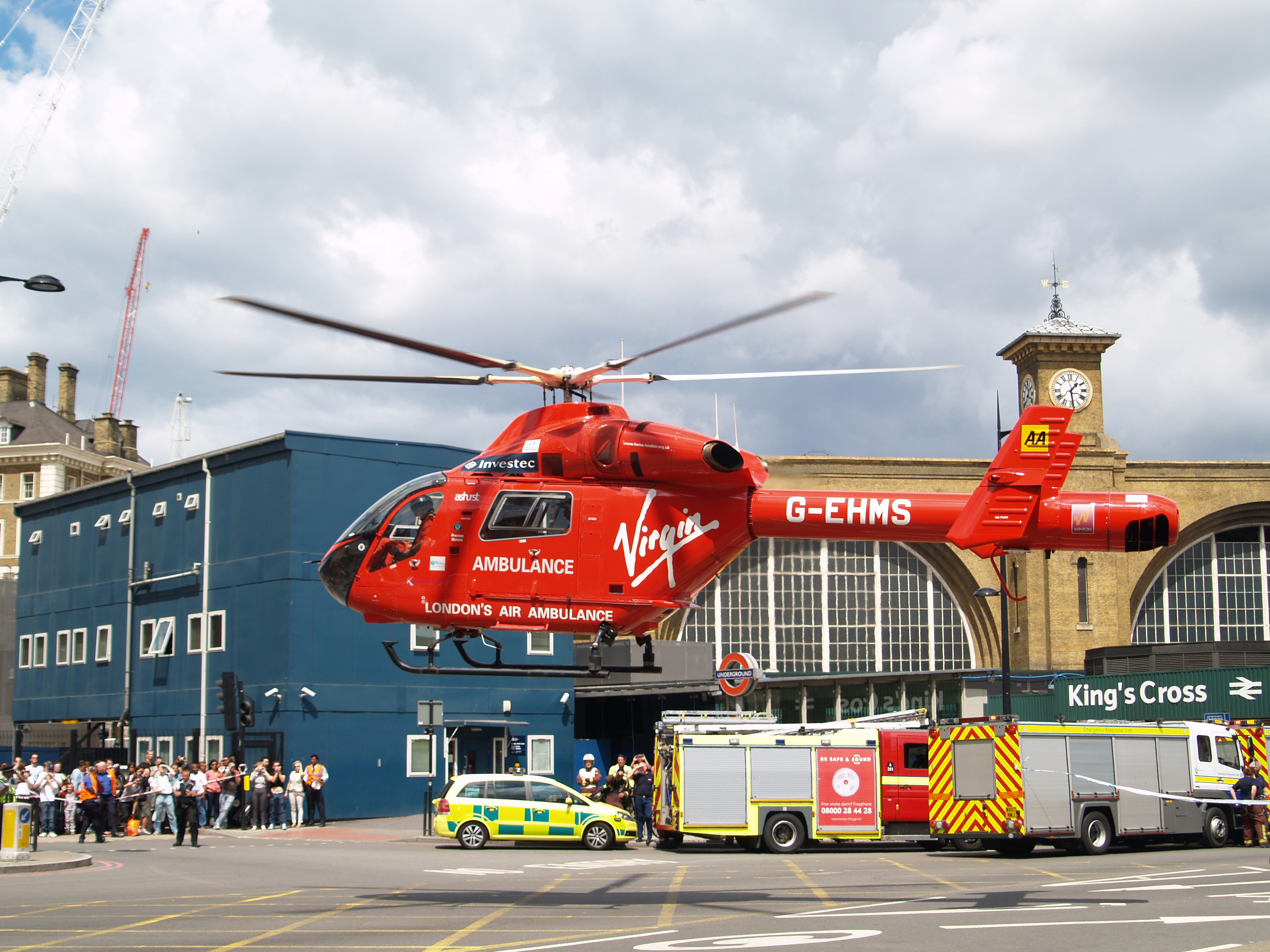London Helicopter Emergency Medical Service elective, Royal London Hospital, UK

I undertook my elective placement in the UK with the London HEMS team (Helicopter Emergency Medical Service), also called London’s Air Ambulance.
I chose this placement as I have an interest in acute care, and wanted to do work somewhere with a system similar enough to ours that I could directly apply my learning and experience there to my studies back here at TCH.
During the placement, I was exposed to a number of learning opportunities. The placement was a combined effort of the Royal London Hospital and the LAA team.
As a result, I spent time both in the hospital and in the pre-hospital care environment.
Much of my hospital time was spent in the various sections of their emergency department, including the resuscitation bays, where I was able to assist with simple tasks and observe the team working during urgent trauma calls and medical arrests.
In the minor injuries and medical sections of the ED, I was mainly practicing history taking, examination, clinical skills (cannulas, venepuncture), and presenting cases to the supervising doctors.
I was also able to get involved in the daily JMO teaching sessions that ranged from simulated patient scenarios, to ECG interpretation, to other knowledge-based quizzes.
Up on the helipad, I was involved in simulation training, skills training (including an introduction to central lines and REBOA), as well as in-depth case reviews and teaching sessions.
I was also given the opportunity to go out on shift with their physician response unit – an ED consultant and paramedic who respond in the car to medical emergencies in the community, and on night shifts with their acute trauma team, who provide on site pre-hospital care to trauma patients (eg. Motor vehicle accidents, falls from height, etc.).
I also went on shift in the ambulance with a team of paramedics and assisted in assessing patients in the pre-hospital environment, then extracting them and transporting them to hospital where necessary.
These shifts provided me with many chances not only to observe, but also to get hands-on involved and assist directly with the patient’s care where possible.
I performed pre-hospital assessment examinations, helped with cannulation, assisted to scoop and extract injured patients from difficult environments (eg. Fractured NOF), and even provided traction to reduce a posterolaterally dislocated tib/fib while the doctor sedated the patient on site.
I watched a decompressive thoracostomy performed at the site of an MVA, and learned about first-line trauma assessment and intervention.
This variety of opportunities allowed me to see many different things during my time there. I learned a lot about pre-hospital care, which we don’t cover in our course here at ANU, and a lot about trauma care and acute response medicine.
All the doctors working with the HEMS team are consultants in ED, ICU, or anaesthetics, and they had a wealth of knowledge that they were more than happy to share.
They were all approachable and friendly, and encouraged us to get involved in as much as possible.
Overall it was a great experience that I would definitely recommend to other students.
My last rotation in third year (immediately before elective) was my rural rotation in Yuendumu, NT. The massive difference between these two back-to-back placements gave me a huge insight into the vast scope and versatility of working in medicine.
